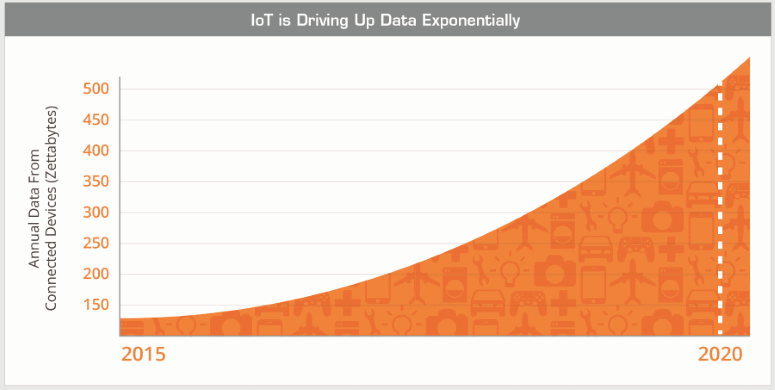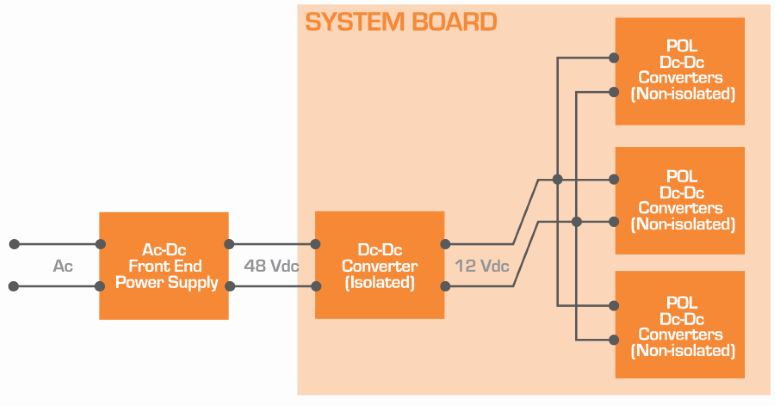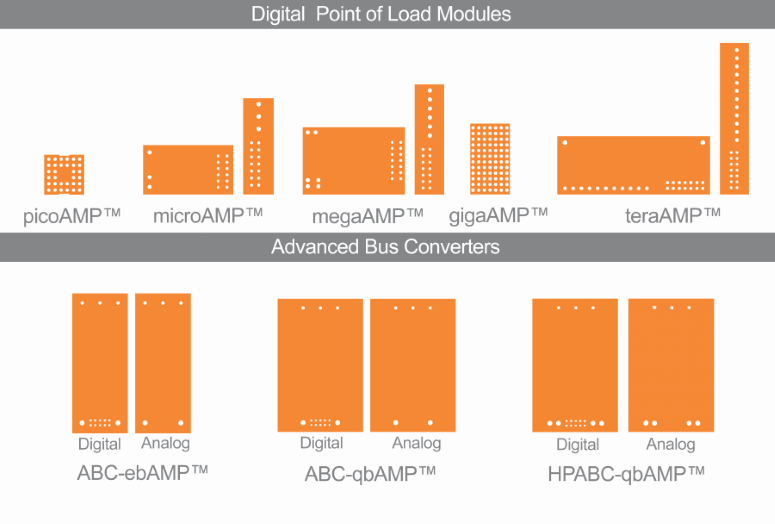BY STEVE PIMPIS, President and CEO, Murata Power Solutions; MARK ADAMS, Sr. VP, CUI; and BOB CANTRELL, Sr. Applications Engineer
Ericsson Power Modules
www.ampgroup.com
Electronic Products magazine recently talked with a few members of the Architects of Modern Power (AMP) group to discuss what is new with digital power. As you know, the aim of the alliance is to create the most technically advanced, end-to-end distributed power solutions for a complete ecosystem of hardware, software, and support.
Electronic Products : The AMP Group was created at the end of 2014, but why did you feel that it was important to create a new standards organization for digital power? Wasn’t this the intent of PMBus?
Steve Pimpis : The development of PMBus has been an important standard for the power community. In fact, the use of PMBus has become ubiquitous within the power space for digitally controlled products such as front-end power supplies. While PMBus defines a communication protocol, it does little to define the exact performance of a given device.
Mark Adams : The intent of the PMBus specification was to create a language that everyone could understand, but it’s how that language is interpreted that can cause issues. The AMP Group offers something new — it takes a sub-segment of PMBus and defines it within the group, so we are still PMBus-compatible, but we’ve taken the translation of the language and made it uniform across each AMP standard.
EP : So you would say that one of the key selling points for the AMP Group is the ability to reliably second-source products that have true plug-and-play capability, but how compatible is the alternative source?
Bob Cantrell : This is one of the primary reasons for the formation of the AMP Group. The AMP Group is the first power consortium that offers true interoperability. This is hugely significant considering the complexity of these designs. Currently, we are working on even more ways to ensure seamless use between products that meet the standards that we will be announcing in the coming year.
EP : The fact that CUI, Murata, and Ericsson are based in different regions of the globe must have an impact on how the group works, though?
Adams : It does, but we’d see it as a significant advantage. It helps to make us unique in our approach both globally and from a customer-base standpoint. Being spread out globally allows us to have a broader perspective to apply to the vision of the AMP Group and our roadmap. Between us, we have insight across a range of customer bases, from tier 1 to a start-up level. Every customer has individual needs, and so by collating the global market information from CUI, Ericsson, and Murata, as well as the tier information from our joint customer base, we are able to better position ourselves to respond to the concerns of the market and our customers.
EP : The AMP Group talks a lot about the traditional growth areas for digital power, such as communications. What are the other areas that you are forecasting for growth in this market over the coming years?
Cantrell : Today, devices to power Information and Communications Technology (ICT) comprise the majority of digital power units shipped; additionally, digital power products should be well positioned to power the IoT. Digital power is capable of providing real-time monitoring and control of key parameters, which will allow the most efficient power conversion to be realized. Digital power products offer numerous advantages, even in applications in which monitoring is not necessary; for example, where there is no PMBus or I2 C bus, etc. “Dumb” digital products typically offer a flatter efficiency curve and higher efficiencies at low loads. They have far fewer components; thus, their sizes are typically smaller than comparably rated analog power products and, because they contain fewer components, they intrinsically have higher reliability.
Potential markets include: electric vehicles, the railway industry, a broad range of industrial applications, and smart homes, to name a few.
EP : Talk us through software-defined power (SDP) and its importance and why it should be on our radar moving forward. For which markets is this especially relevant?
Pimpis : There are two aspects to SDP. The first item is the hardware solution. The hardware portion is application agnostic and, therefore, able to be used in almost any computing or instrumentation device. Only the output voltage range and the maximum output current of each device limit the hardware. The second aspect is the software solution: The software allows individualized performance monitoring of the hardware to provide customized control over the range of the application. It is the software that identifies the unique performance envelope of the hardware and ultimately makes the hardware performance unique to the end application.
EP : What impacts are cloud computing and the IoT having on power infrastructure? How does the AMP Group envision tackling the power demands of data centers?
Adams : There will be trillions of sensors used in the IoT, which, paired with the desire of today’s consumer to have all of their data residing on the cloud and able to be accessed immediately from any device anywhere, means that cloud computing and the IoT are having a tremendous impact on power infrastructure — putting it under a significant amount of stress (Fig. 1 ). On top of this, you have things like video-on-demand, in which the throughput and storage capabilities to make this happen are massive and all of this data has to be backed up. We supply data centers in our other product areas, but power is their biggest concern — data centers have the same problems that our other customers have at the board level, so this is a challenge across the spectrum.

Fig. 1: Cisco predicts that 50 billion “things” connected to the internet will have an exponential effect on the volume of data consumed.
Pimpis : Data-center servers require high-performance computer boards that can present challenges to designers who are seeking to maximize data-processing and storage capabilities without compromising on space. On occasions, upwards of 40 power rails can be required, which leads to more point-of-load (POL) converters, all powered by intermediate bus converters (IBCs), in turn fed by an ac/dc front-end power supply (Fig. 2 ). We frequently see multiple power rails being used to power a single IC, which needs to be powered up and down in a specific sequence in order to prevent damage to the IC. This necessary sequencing involves routing signals to communicate the status of the different power supplies. The AMP Group has simplified the design-in and interchangeability of digital power modules by standardizing the behavior of digital power modules in response to PMBus commands.

Fig. 2. Multiple POL converters on the system board are required due to the proliferation of supply rails at the board level.
EP : The AMP Group has predominantly focused on isolated 48-V to 12-V and non-isolated standards. What other areas is the group focusing on for the future?
Cantrell : We are always talking to our customers about what they need us to be focused on, as individual companies and as a group. Our aim with future enhancements is to help the system designer reduce time-to-market for new designs as well as tuning the power rails to achieve optimum efficiency. We’re also planning to offer AMP ac/dc converters, which would be something that no other consortium has attempted.

Fig. 3: Standards for five POL power converters from 6-A to 120-A capacities and three advanced-bus converter standards from 264 W to 1 kW have been defined by the AMP Group.
Advertisement





